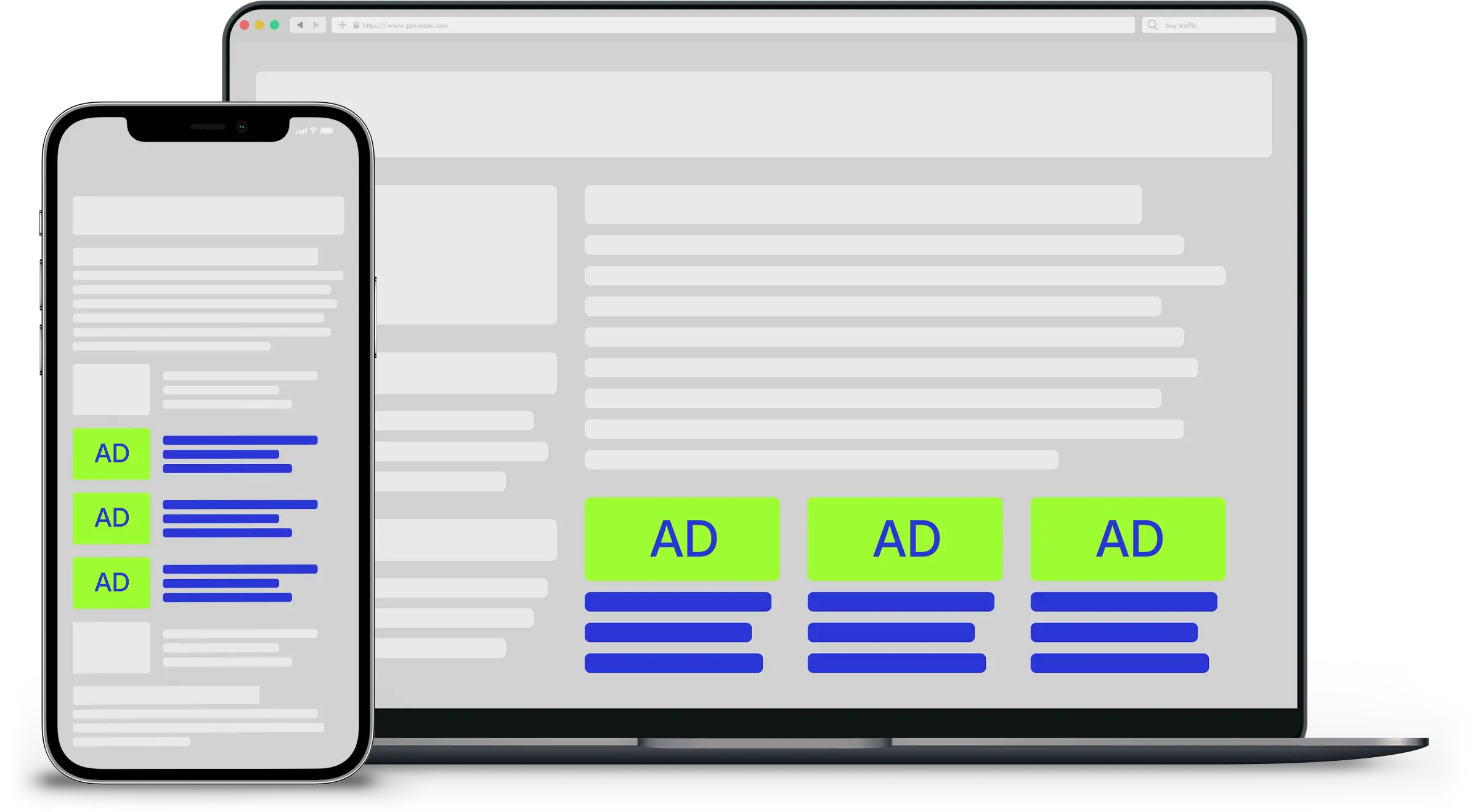The human brain is highly complex but, with a little understanding, you can learn to leverage its most basic workings to send out more effective and engaging messages for business marketing success. Through a new field of study known as neuro-marketing, scientists are trying to draw associations between people’s innate preferences and the decisions made. Using this information, marketers can then re-engineer their messages for maximum efficacy.
What is neuro-marketing?
Neuro-marketing research involves methodical collection and analysis of neuro-physiological and neurological observations on individuals through a variety of methods. This allows researchers to investigate the impact of subconscious physiological responses and non-verbal signals to different stimuli for market research purposes.
Simply put, neuro-marketing refers to the study of how the human brain responds to marketing efforts, and how this affects human behavior, whether consciously or subconsciously.
Every human being has innate ‘cognitive biases’ built in our system. These are things that we cannot help about ourselves. For instance, some people just don’t like coffee, and not for any reason other than they just don’t. Effective marketing is about learning to detect these biases and working with them rather than against them.
Understanding your audience’s predispositions is critical to knowing how their minds will process images and information presented to them. Currently, there is fierce competition for people’s attention, so knowing what makes the brain ‘light up’ will give you an edge over every other player in your field.
Below are a few things you didn’t know about the human brain, together with suggestions for how you can use them to improve your marketing strategy.
Tip 1: The human brain is primitive
No matter how evolved we consider ourselves, our basest instincts are birthed and controlled by the amygdala, which is the reaction and emotion center of the brain that works much faster than the rational/conscious mind. This is where you get your ‘gut feelings’ which can develop in less than three seconds from first contact, and which form more lasting imprints on the brain than rational thoughts.
For your marketing: Pay attention to the presentation of your materials, especially at first glance, rather than following careful consideration, which few people have time to do. Aim to create a gut reaction. For e-mail marketing and SEO services, ensure your subject and pre-headers capture your audience’s attention by resonating with their emotions, needs, wants or pain points.
For blogging and other Web content forms, pay keen attention to your headlines. You content should be well arranged and appealing and pages should be welcoming. Avoid things like flashing banner ads that steal attention and take away from your audience’s experience.
Tip 2: The human brain loves images
The old saying has never been truer, the human brain processes information on a picture much faster than text, and visual cues make up more than 90 percent of all data processed by our brain. Text with pictures is more memorable than text alone.
For your marketing: Use pictures, but not just any pictures, meaningful, engaging pictures not picked out from over-used image directories. You can also create your own custom images with tools such as Over (a mobile app) or Canva, a web tool.
Tip 3: The main brain loves faces
Apart from just loving images, research has shown that natural selection worked in favor of human beings who could quickly build relationships and identify threats. Right from birth, we are wired to recognize and prefer other human faces. The cognitive center for human faces is right next to the center that processes emotions.
For your marketing: Try to include real people in your marketing campaigns. Consider having people on your landing pages, other webpages, in e-mail communications and other messages in order to humanize your message and drive the desired goal. The brain will look at the human image first, with the eyes following the direction the human in the page is looking. Entice people toward your CTA button or important information by inserting a face looking in that direction.
Tip 4: Colors inspire feelings
Your choice of color should not just be driven by aesthetics. Different colors elicit different emotions/feelings from the brain. According to research 62 to 90 percent of feelings about products are decided based solely on color. Yellow triggers the brain’s anxiety center. Blue creates trust. Red signals a sense of urgency, and many more signals.
For your marketing: Color choice is not just an art, it’s a science. This is especially important for your marketing essentials such as call-to-action buttons. Don’t be arbitrary in your color choices; select your colors based on your audience, brand and market positioning. The best is to determine how color affects your audience’s responses before settling on any given color.
Tip 5: Name dictates behavior
The human brain reacts to specific things based on what their names are, according to a recent research carried out in the Food and Brand Laboratory in Cornell University. This study, published by Brian Wansink and David Just found that referring to similar-sized portions of spaghetti as “double-size” rather than “regular’ made diners eat less.
For your marketing: Consider carefully how your choice of words will affect consumer attitudes when naming your products and/or services as well as designing models and options and creating various audience-oriented communications.
Tip 6: The human brain craves belonging
All human beings have an innate desire to belong and/or conform. True to the philosopher Eric Hoffer’s words, when you give people freedom to do what they want, they will usually imitate one another.
For your marketing: build credibility and trust, remove anxiety and create sense of belonging by using social signals and social proof e.g. getting endorsements from well-loved and known influencers within your niche, adding media logos, partnership information, social share widgets and other related strategies. Have a robust social profile to fortify your web presence.
___
by Belinda Meyers









